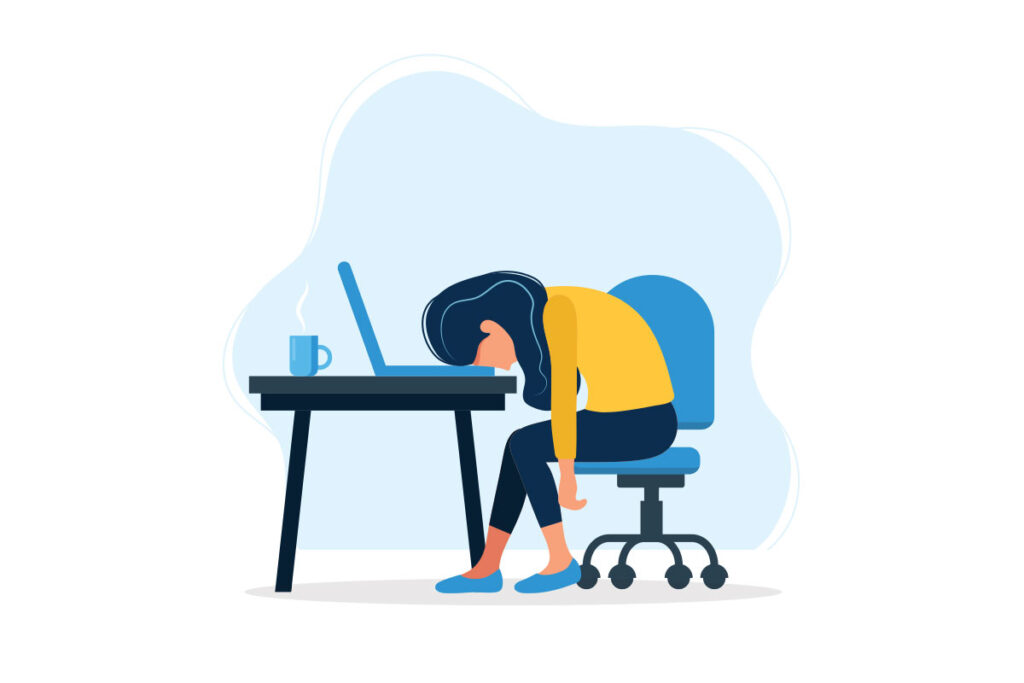There are several strategies to create a supportive environment at work which are applied by company managers and HRs to maintain a healthy work space. These strategies are important to apply for the well being of a workplace because without these no company can run with stability.
Importance of Mental Health at Work:
Mental health at work is as important as it is considered anywhere on earth as being at work does not mean you lose your peace of mind for the sake of some bucks.
- Productivity
When you give your employee peace of mind it enhances their productivity which proportionally benefits you in the long term.
- Job Satisfaction
When An employee is happy at work it gradually gives them a sense of satisfaction regarding their job.
- Healthy workplace culture
Supportive work environment automatically encourages a healthy workplace culture which fosters better collaboration and teamwork.
Mental health In relation with physical health:
Mental health is directly proportional to physical health as when you are physically sick it affects your mental peace and vice versa. Addressing mental well-being can lead to reduced risk of stress-related illnesses, thereby decreasing healthcare costs. Here are some simple strategies you can apply to gain a benefit at your workplace:
Maintain An Open Communication Environment:
People at work should be as easy to communicate as you do at home maintaining a professional attitude towards each other. This lets the employees coordinate better with each other regarding daily tasks and they can have a good time being in a friendly environment.
Management Training:
Companies are required to train their managers to pick out any signs of distress and mental health issues while their employees try to hid it from them. Managers should also be trained on how to have supportive conversations and refer employees to appropriate resources.
Provide flexible Work Arrangements When Necessary:
If an employee is feeling low or stressed there should be atleast the benefit of flexible work arrangements in any order whether it may be remote work or flexible working hours. As this can solve their many issues which are not discussed openly and they can have a stress-free work environment.
Be Clear with Employees:
Leave the Micromanagement aside and be clear about job roles, work descriptions and workload with the employee but do not over burdernize them.
Hold Activities and Workshops:
Help employees get out of their boring routines and hold engaging activities for them such as learning classes, sports events, yoga classes for meditation to help reduce stress.
Paid Leaves and Breaks:
This is a very important aspect as it is neglected most of the times but giving your employee a week away from work can do wonders with their mental health and can bring back a fresh enthusiastic person you want to see in your employee. As it is seen employee mental health is gained back after a good vacation.
Remember that creating a supportive environment requires consistent effort and a commitment from both leadership and employees. Tailoring these strategies to your company’s culture and the specific needs of your workforce can make a significant positive impact on employee well-being.






